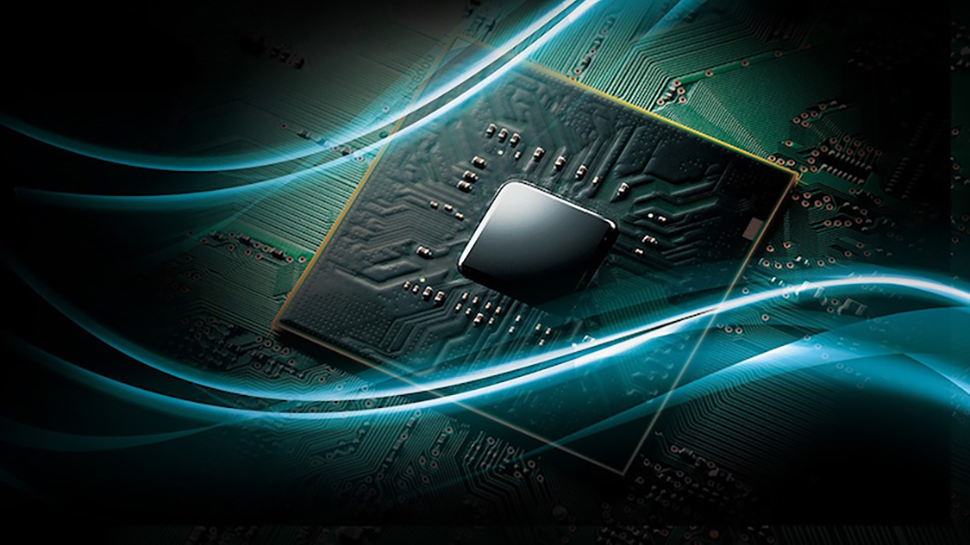Unfortunately, due to the complexity and specialized nature of AVX-512, such optimizations are typically reserved for performance-critical applications and require expertise in low-level programming and processor microarchitecture.
And how many people have access to avx 512? Genuine question, iirc Intel discontinued it right?
As someone who has done some hand coding of AVX-512, I appreciate their willingness to take this on. Getting the input vectors setup correctly for the instructions can be a hassle, especially when the input dataset is not an even multiple of 64.
The only thing the article adds to the headline is that it’s not possible on new Intel chips. This article seems significantly better.
Relevant section:
Intel made waves when it disabled AVX-512 support at the firmware level on 12th-gen Core processors and later models, effectively removing the SIMD ISA from its consumer chips.
nice.
can usually get a pretty good performance increase with hand writing asm where appropriate.
don’t know if its a coincidence, but i’ve never seen someone who’s good at writing assembly say that its never useful.
Though you’d get the same speedup if you used SIMD intrinsics. This is just comparing non-SIMD to SIMD.
from the article it’s not clear what the performance boost is relative to intrinsics (its extremely unlikely to be anything close to 94x lol), its not even clear from the article if the avx2 implementation they benchmarked against was instrinsics or handwritten either. in some cases avx2 seems to slightly outperform avx-512 in their implementation
there’s also so many different ways to break a problem down that i’m not sure this is an ideal showcase, at least without more information.
to be fair to the presenters they may not be the ones making the specific flavour of hype that the article writers are.
deleted by creator
yes, as i said
from the article it’s not clear what the performance boost is relative to intrinsics
(they don’t make that comparison in the article)
so its not clear exactly how handwritten asm compares to intrinsics in this specific comparison. we can’t assume their handwritten AVX-512 asm and instrinics AVX-512 will perform identically here, it may be better, or worse.
also worth noting they’re discussing benchmarking of a specific function, so overall performance on executing a given set of commands may be quite different depending what can and can’t be unrolled and in which order for different dependencies.
When this comes to the BSD’s, it will be interesting to see if there is a significant difference in multimedia. I bought Intel 11th gen over 10th for it’s AVX-512.




